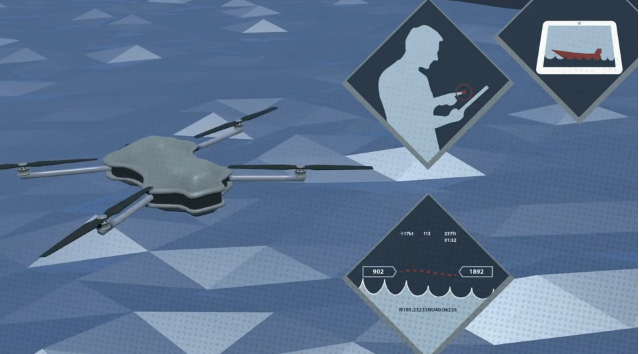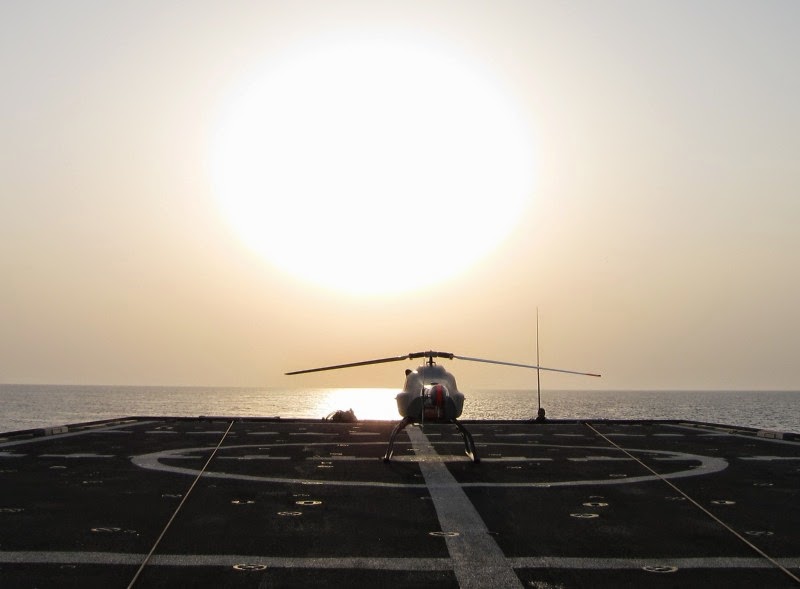2014: The Year in Naval Drones

It's time for our annual wrap-up of the stories on unmanned naval systems that most resonated on this site, social media feeds, and the public writ large. Here are the top naval drone stories of the year: The introduction of UAVs for maritime missions by non-state actors, specifically migrant rescue and anti-piracy , became reality. The Royal Navy established a UAV Squadron to intitutionalize its ScanEagle operations . Despite continued operational testing with the X-47B prototype, politics and indecision created further delays with the U.S. Navy's UCLASS RFP (still not released by the way). Unmanned systems were key in the Malaysian Airlines Flight #370 Search . The MQ-8C Fire Scout made significant strides towards its first operational deployment. The U.S. Navy's Swarming USV program , really a plug and play unmanned craft system, garnered significant interest. Interestingly, the story that seemed to p...







